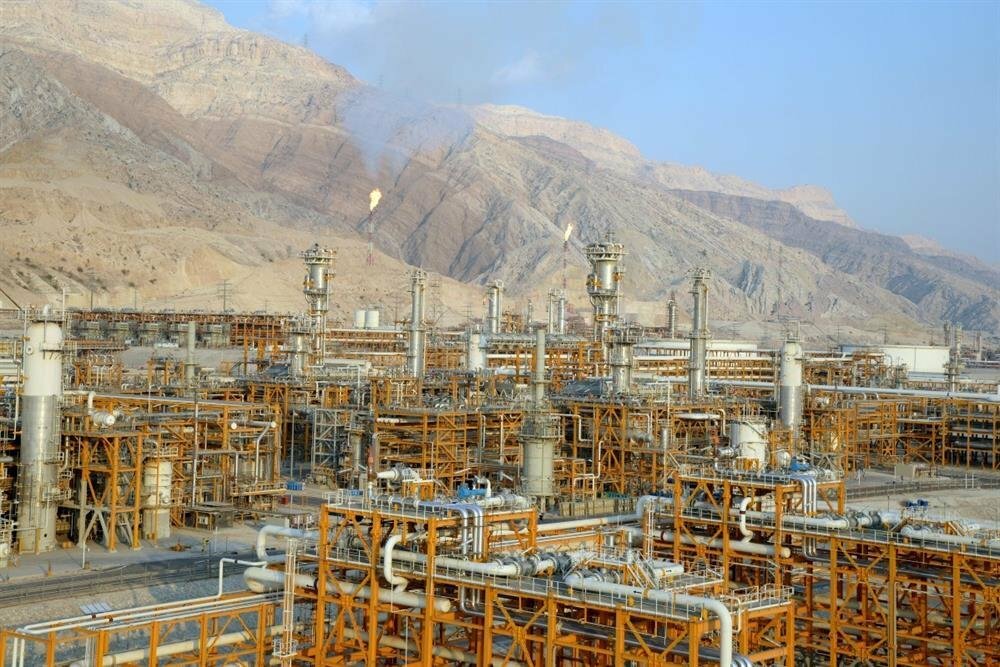‘Refinery of South Pars phase 13 ready for official inauguration’

TEHRAN- The refinery of South Pars gas field’s phase 13 of development is ready for the official inauguration, the operator of phase 13 stressed.
In an interview with Shana, Payam Motamed said this refinery is completely ready for the official inauguration by the president, and put the daily refining capacity of the refinery at 56.6 million cubic meters (mcm) of gas.
He said some $5 billion has been invested for phase 13 and put the daily worth of this phase’s products at $5 million.
Production and storage of gas condensate began in the refinery of phase 13 in late January.
Putting all four platforms of phase 13 into operation, the refinery of this phase will produce about 75,000 barrels of gas condensate per day, Pars Oil and Gas Company (POGC), which is in charge of implementing development phases of South Pars, published on its website at the time.
Gas produced in platform 13B was injected into the offshore refinery of phase 13 in mid-January.
Phase 13 is aimed at production of 56 mcm of gas, 75,000 barrels of gas condensate and 400 tons of sulfur per day in addition to one million tons of ethane and one million tons of propane and butane per annum.
South Pars is divided into 24 standard phases of development in the first stage. Most of the phases are fully operational at the moment.
In a press conference in last December, POGC Managing Director Mohammad Meshkinfam announced that all development phases of the gas field, except for phase 11, will be completed by the end of the next Iranian calendar year (March 20, 2020).
The huge offshore field, shared with Qatar, covers an area of 9,700 square kilometers, 3,700 square kilometers of which, called South Pars, are in Iran’s territorial waters in the Persian Gulf. The remaining 6,000 square kilometers, called North Dome, are situated in Qatar’s territorial waters.
The field is estimated to contain a significant amount of natural gas, accounting for about eight percent of the world’s reserves, and approximately 18 billion barrels of condensate.
MA/MA
Leave a Comment